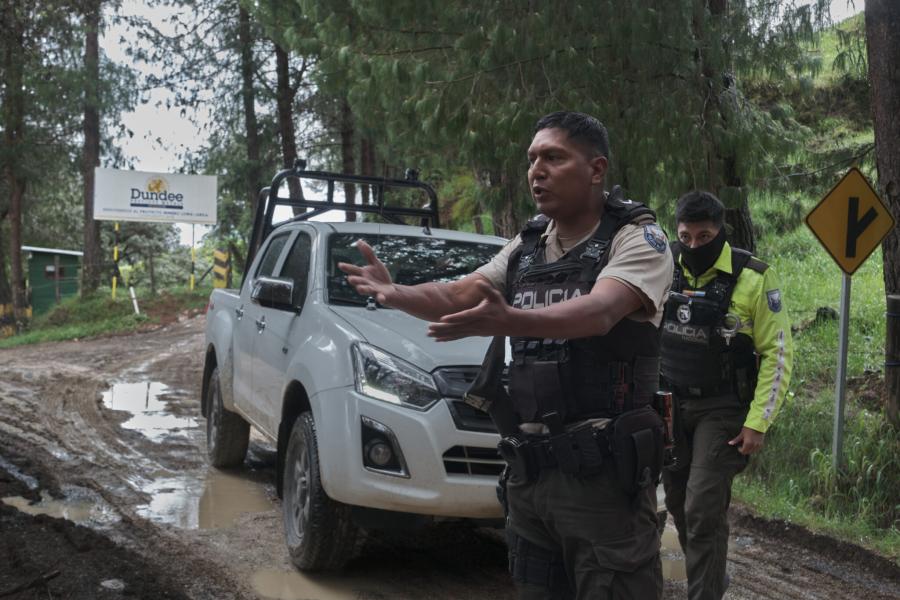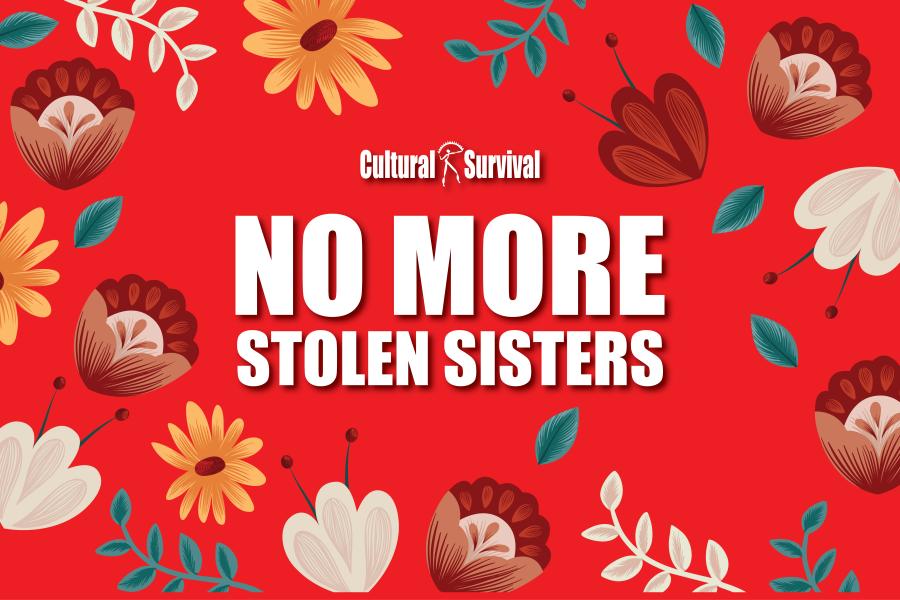On May 30, the Canadian government signed an agreement with the Assembly of First Nations pledging to pay a lump sum in compensation for former students of Indian residential schools.
The Residential School Political Agreement marks an unprecedented policy shift for Canada. Previously, only former students who were victims of sexual or physical abuses were to receive monetary reparation. Indian activists complained that the earlier plan ignored the damage the schools caused through their suppression of Native languages and cultures.
"This accord will not only result in a better, faster, and more economic claims process for residential schools survivors who were abused, it is a commitment for the entire country to move forward through a national dialogue on healing, reconciliation, commemoration, and truth-sharing," states National Chief Phil Fontaine in an Assembly of First Nations press release. "This is a holistic way to deal with this terrible, tragic legacy of our shared past."
According to the Royal Commission on Aboriginal Peoples, throughout the history of the residential schools from the late 19th century to the 1980s, many Indian residential school children were victims of physical and sexual abuse. Similar atrocities occurred in the United States from the colonial missionary times to the 1970s.
In 1998, Canada instituted Gathering Strength, a policy framework designed to address the legacy of residential school physical and sexual abuse. That same year, the Canadian government issued a Statement of Reconciliation to all victims outlining its regret over the treatment endured by aboriginal peoples. The apology states, "As a country we are burdened by past actions that resulted in weakening the identity of Aboriginal peoples, suppressing their languages and cultures, and outlawing spiritual practices."
As a result of Gathering Strength, the government allocated $350 million to the Aboriginal Healing Foundation, which provides funding for community-based wellness projects. In addition, the policy established procedures for government and church officials to jointly develop solutions for dealing with the schools’ aftermath and litigation strategies for promoting settlement and reconciliation out of court.
The government also created the Alternative Dispute Resolution Project in order to move the dialogue among the victims, churches, and government out of the courts. But many victims complained and were discouraged by the project’s long administrative process for addressing reparations.
Irwin Colter, minister of justice and attorney general of Canada, and Andy Scott, minister of Indian affairs, recently announced the appointment of Frank Iacobucci as the government’s representative to lead discussions between the surviving residential school victims and the Canadian government. Iacobucci will recommend the actual amount that should be paid out for reparation. He has until March 31, 2006, to propose his settlement package to the federal Cabinet.
The Canadian government has suggested that reparations be based on recommendations outlined in a November report by the Assembly of First Nations. The report recommended that the lump sum payment be at least $10,000 per student, plus $3,000 for each year each student spent in school. The lump sum payment will be made to any student who attended an Indian residential school. The assembly said the lump sum payment should not affect other claims for serious abuses, and individuals who have already settled claims should still be eligible. The sick and elderly should receive their payments first, the assembly’s report says. Negotiations between the government and survivors will determine how the reparations will be dispersed.



